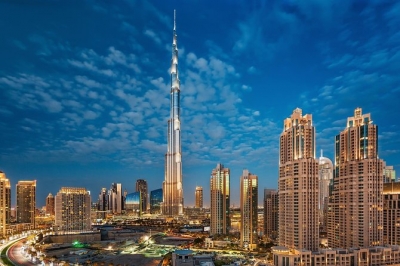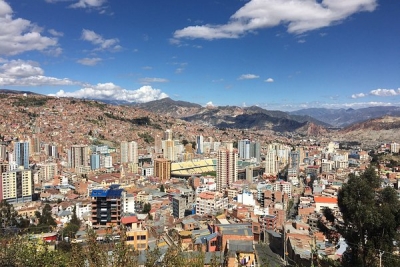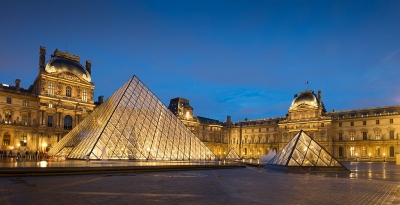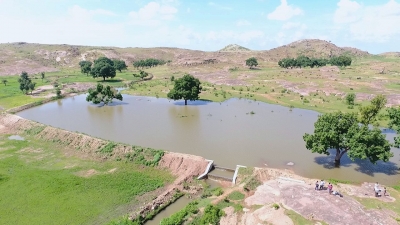What is special about Neelakurinji?
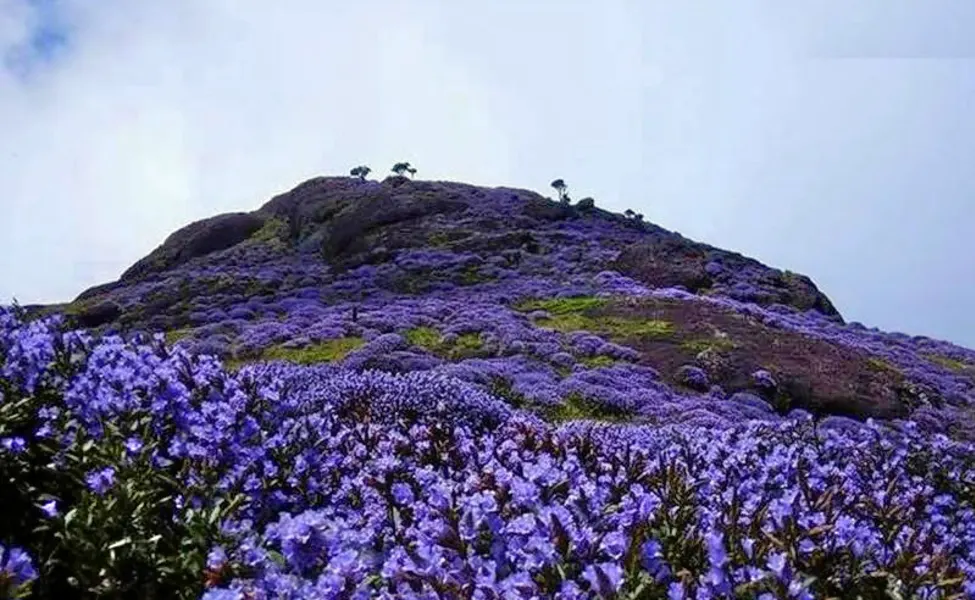
Strobilanthes kunthiana cover grassland slopes and shola forests of specific regions on the Western Ghats. These purplish blue flowers bloom once in 12 years, attracting wide-eyed visitors. But did you know that different varieties of Strobilanthes have different bloom cycles? Here are interesting and concerning facts about this genus.
- DIFFERENT VARIETIES: The word neelakurinji refers to the shrub Strobilanthes kunthiana, which grows in the shola forests of south Indian Western Ghats. It is part of the genus Strobilanthes, belonging to the family Acanthaceae. In addition to the neelakurinji, the Strobilanthes genus includes at least 300 flowering species such as Strobilanthes sessilis and Strobilanthes callosa. As mentioned earlier, the neelakurinji usually refers to Strobilanthes kunthiana, but in several instances (including news reports), different species of Strobilanthes are referred to as neelakurinji.
- BLOOMING PATTERNS AND TYPES: Many of the Strobilanthes species are 2 marked by unusual flowering patterns-blooming only once every one year to 16 years. While Strobilanthes kunthiana blooms once every 12 years. some other species may bloom once in four years, or 11 years, or 16 years, etc. Such species that take a long interval to bloom are scientifically referred to as plietesials. Apart from the time it takes for the shrub to bloom, what is fascinating is also the type of flowering that happens. The shrub witnesses two types of flowering-gregarious, where the flowering covers a very large area. and sporadic or isolated, where the flowering happens over a small area.
- A VITAL SHRUB: After they bloom, strobilanthes species produce fruits, seeds, and then perish-only to be born again after the set interval. When the flowers bloom, especially on a large scale, they feed different types of larvae, and insects such as honeybees, butterflies, and moths. Since many of these are also pollinators, the blooming has a crucial role to play in the ecosystem. In addition, the flowers are said to have medicinal properties, though not much information is available on this aspect.
- SEVERAL THREATS: The habitats of Strobilanthes bear the brunt of being used for plantation such as tea and coffee. Apart from this, issues such as encroachment, heavy tourist footfalls, water depletion, plastic waste, pollution, invasive species, and climate change threaten the species.
- WHEN NEXT? Notable blooming of 5 strobilanthes kunthiana happens in Tamil Nadu and Kerala. In 2006 and 2018, its blooming was witnessed in places such as Ervaikulam National Park in Kerala and Kodaikanal in Tamil Nadu. Given that this species has a 12-year flowering cycle, the next one can be expected in 2030. This September, Strobilanthes bloomed over a large area in Chikkamagaluru of Karnataka. However, reports suggest that it was not Strobilanthes kunthiana but Strobilanthes sessilis, believed to have last bloomed in 2006, a good 16 years ago!
Picture Credit : Google
